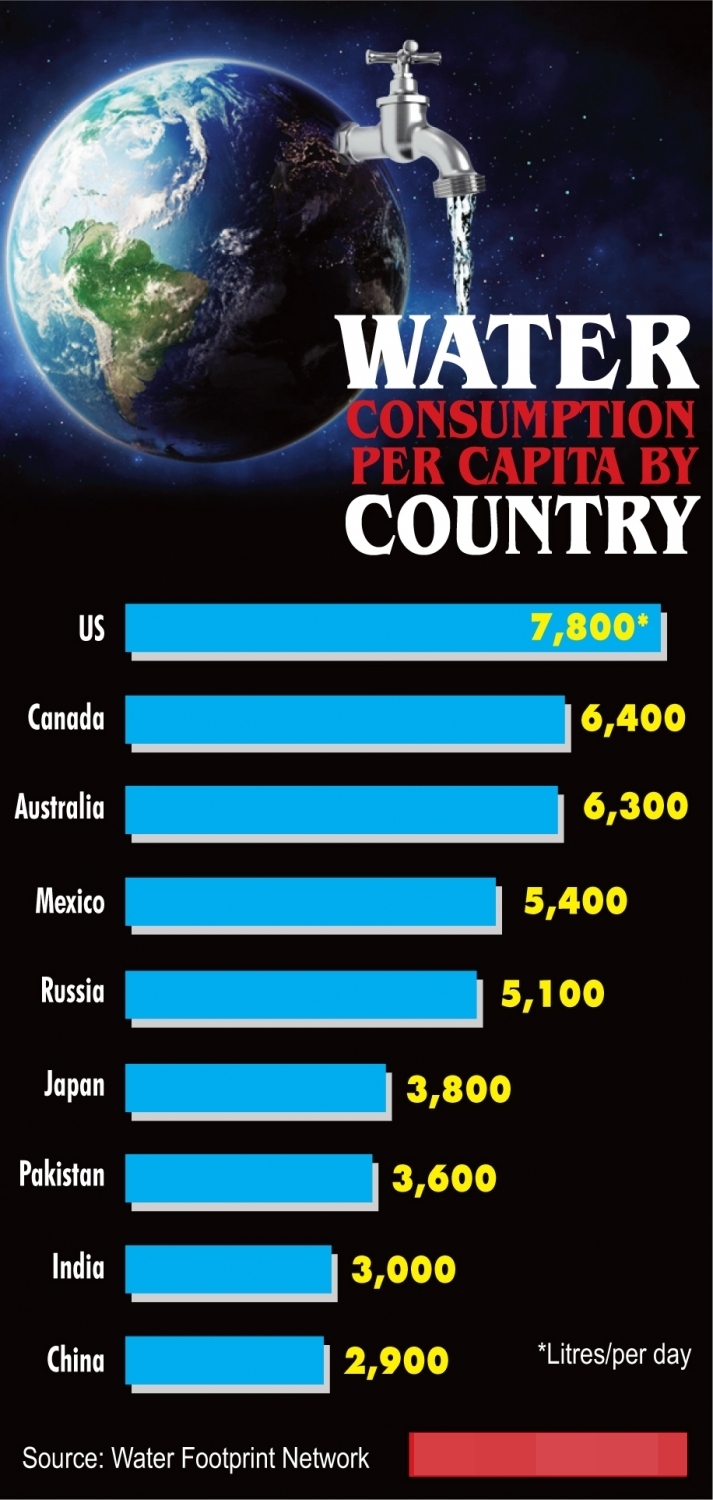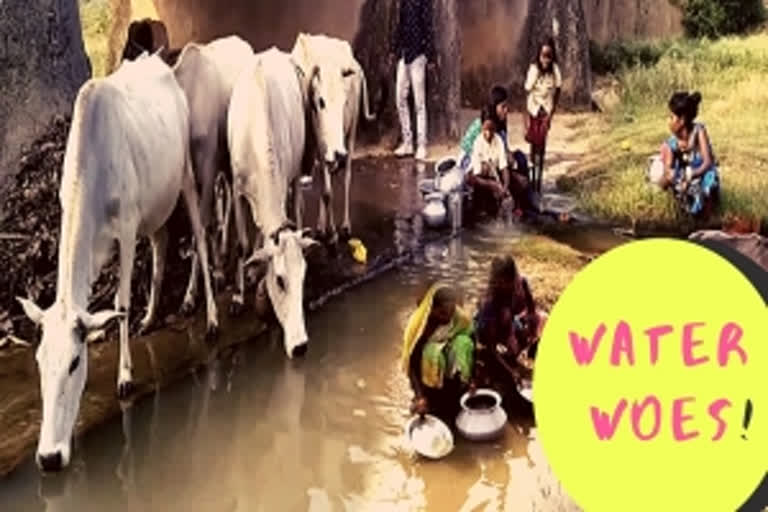Hyderabad: As much as a human being requires water to live, its quality is much more important. Water occupies about 50 to 75 per cent of the human body. Water plays a vital role in regulating body temperature and maintaining metabolic functions. If the water we drink meets the quality standards, many of the health problems can be avoided. The World Health Organization ( 2019) reports claims that 146 million people (about 19%) of the population do not have access to safe drinking water.

The latest National Sample Survey (NSS) has revealed that most of the people in our country drink water directly without taking any purification measures, especially in rural areas. Various survey reports state that around 80% of illnesses worldwide are caused mainly because of drinking contaminated water!
Diseases such as diarrhoea, cholera, typhoid and polio are some of such diseases caused mainly because of poor quality water. It is estimated that over five million children in the world, die annually, due to diarrhoea alone.
People are suffering from hepatitis and abdominal infections due to drinking contaminated water. About 68.5 crore people suffer from abdominal diseases. Approximately 32.5 crore people are infected with hepatitis. In many countries, health care, sanitation, and waste management are not up to the mark.
These days, people are lacking personal hygiene and India is no exception to all this. According to the latest figures from the World Health Organization, more than 78.5 million people in the world do not have access to proper drinking water. Of these, 14.4 million live on subsurface water, which is rapidly getting polluted. According to the United Nations, the basic right of the people across the world is to have access to safe drinking. But it seems like the governments are not giving it the required importance.
The United Nations has been releasing data on public life expectancy since 2010, titled 'Human Development Index', taking into consideration the social, economic and developmental conditions along with water resources. A total of 189 countries are considered for the survey. The smallest country, Norway, tops this index. Nigeria ranks 189th which is the bottom of the index. India is ranked at 128th. Neighboring Sri Lanka is positioned in a better way than we are, at 75th rank. These indicators show how the situation of drinking water resources along with the social, economic and developmental conditions in different countries.
According to the latest government survey (2019), only 18.33% of rural households across the country are being supplied with tap water.
Around 90 % of urban households are supplied with drinking water. The situation in the national capital city of India, ie., Delhi is worse. The study found that the water supplied through taps is not worth drinking. There is a lot of waste in this water.
A total of 28 parameters are being considered to test the quality of water. The quality of tap water supplied in the cities of Kolkata, Jaipur, Dehradun, Ranchi and Raipur is also poor. Various aspects have been taken to ensure water quality in these cities.
In other cities like Hyderabad, Bhubaneswar, Thiruvananthapuram, Patna, Bhopal, Amravati, Shimla, Bangalore, Chandigarh, Lucknow and Jammu, water quality supplied to the public in these cities is evidently not up to the mark.
The situation in the nation’s financial capital - Mumbai is looking much better. Tests have shown that the water provided to the public is in compliance with quality standards.
Further, many cities in around 20 states of the country don’t seem to be providing safe drinking water to its people. According to a report by the Indian Water Portal ( 2019), 37.3 crore people in the country suffer from waterborne diseases annually. Of these, around 10.5 lakh children die of diarrhoea. All over the country, people who are infected with contaminated water are losing their working days and financially getting affected to a large extent.
The government is taking some steps to overcome this situation but they are not satisfactory enough. Recently, the central government has decided to test the water in a hundred smart cities and district headquarters along with the cities of the northeastern states by 2020. Further, the central government declared to provide safe tap water to all households in the country by 2024 and budgeted around Rs. 3.5 lakh crores on this issue. Supply of water through quality pumps can prevent diseases to some extent. Regular quality tests should be conducted in the area where the water is supplied.
Above all, public awareness is the main tool that can help fight such water-borne diseases!!
Also Read: Teary Onions: Government in jitters



